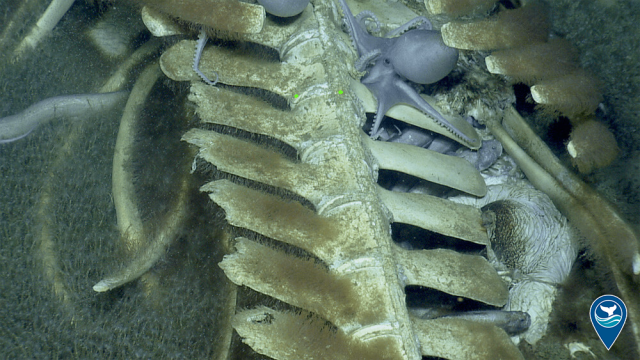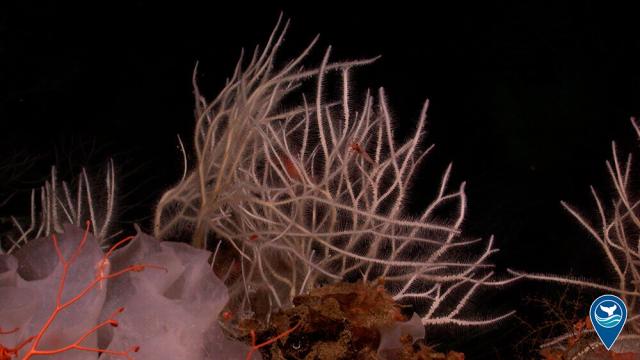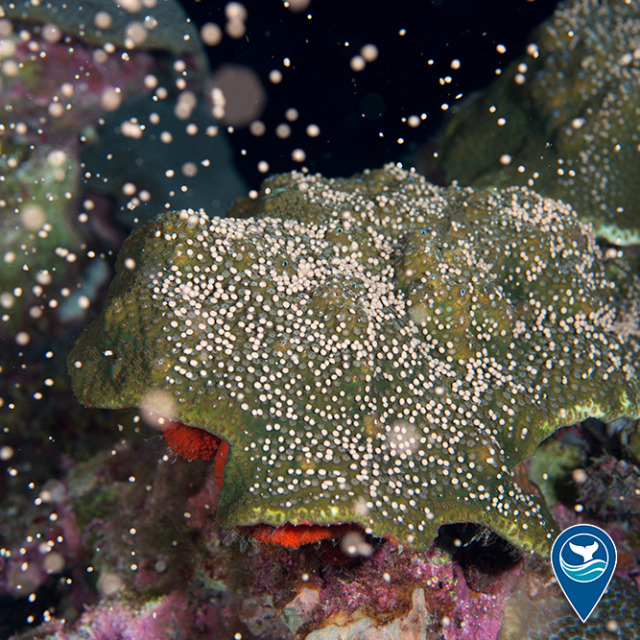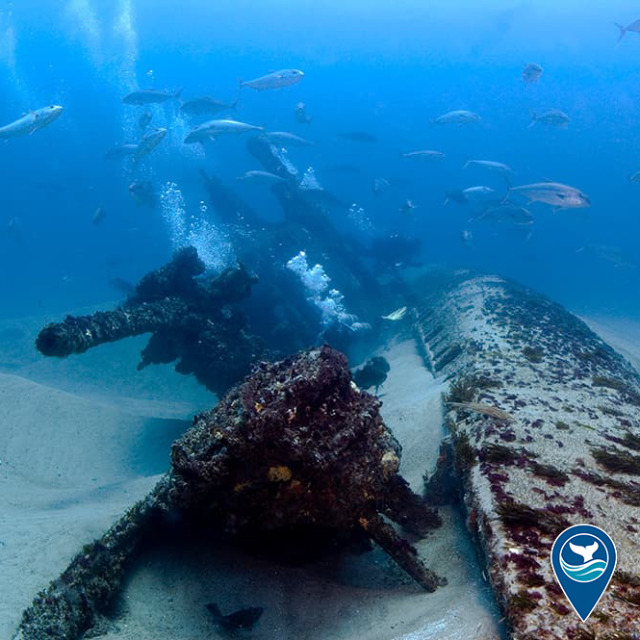#savespectacular




Davidson Seamount, located 80 miles southwest of Monterey, California, was first mapped in 1933 and was the first undersea feature to be characterized as a “seamount.“ Roughly 200,000 seamounts exist throughout the world, but relatively few have been explored and protected. Since the first biological expedition to Davidson Seamount in 2002, it has been globally recognized as one of the best studied and most protected seamounts.
Learn about some of the cool findings made in Monterey Bay National Marine Sanctuary and how this protected seamount teaches us about unique geologic formations deep in the ocean that contribute to ecological quality and ocean productivity.
Read it here: https://sanctuaries.noaa.gov/news/may22/explore-spectacular/10-discoveries.html

Are you interested in learning about Our Blue Legacy?
The Marine Protection, Research, and Sanctuaries Act was signed on October 23, 1972, creating one of the oldest and largest networks of underwater parks in the world. Today the National Marine Sanctuary System covers more than 620,000 square miles of protected ocean and Great Lakes waters in 15 national marine sanctuaries and two marine national monuments. On October 23, 2022, the sanctuary system celebrates its 50th anniversary and is using the opportunity to, among other things, issue the Our Blue Legacy report summarizing its impacts and accomplishments as it looks forward to the next 50 years.
Download the full report: https://sanctuaries.noaa.gov/50/our-blue-legacy.html





Explore The Power of Wow in our latest web story highlighting incredible scientific discoveries in ocean parks
From even before the passage of the Marine Protection, Research, and Sanctuaries Act of 1972 (MPRSA), it was clear that science was intended to be central to the creation and management of national marine sanctuaries. “Scientific value” is one of the qualities of an area that helps judge its special national significance and thus its fitness as a sanctuary, and in 1984 Congress added a mandate to the MPRSA for NOAA to conduct research as necessary to meet the purposes of the act. From these beginnings the sanctuary system has developed an outstanding science legacy. One measure of its achievements is the half-century of discovery of new things—such as shipwrecks, artifacts, species, habitats, and natural processes—that inspire, amaze, and awe us. Let’s explore the power of wow!
https://nmssanctuarieseus2-dev.azurewebsites.net/50/the-power-of-wow.html
